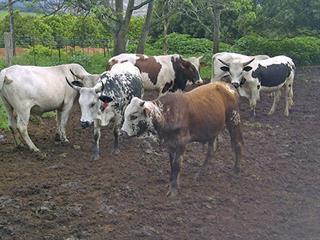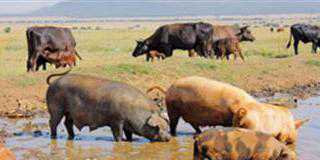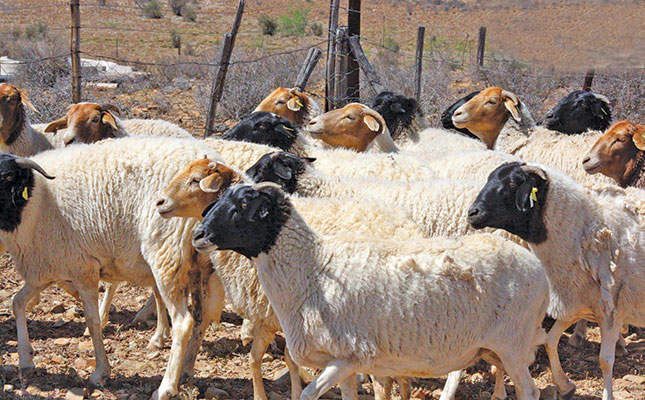
In last week’s article, we discussed three of the four approaches used in the prevention of specific diseases. These are to increase general resistance, increase specific resistance, and decrease exposure. The fourth and final approach to disease prevention is to prevent exposure. This is important in the case of a disease for which there is no effective treatment or vaccine, or where the herd is free of the disease.
A good example is foot-and-mouth disease, which is controlled without vaccination in the disease-free regions of South Africa. Certain uncontrolled diseases from which the herd is currently free, such as Johne’s disease, can also be prevented by this approach. In this case, a large part of the herd is highly susceptible either because the animals were never exposed to the disease or because no vaccination is available to increase the resistance of the animals.
General resistance will not protect all animals in the herd against these diseases if new animals are introduced. As a result, disease reporting and an early warning system are needed to reduce the risk of new diseases entering a farm. In addition, you should carry out the following biosecurity measures:
- Buy in only tested, disease-free animals;
- Limit the movement of people and trucks on the farm;
- Use quarantine facilities for animals that enter the farm;
- Erect and maintain secure perimeter fences and gates.
Based on information supplied by Dr Danie Odendaal of the Veterinarian Network to the Livestock Health and Production Group.













